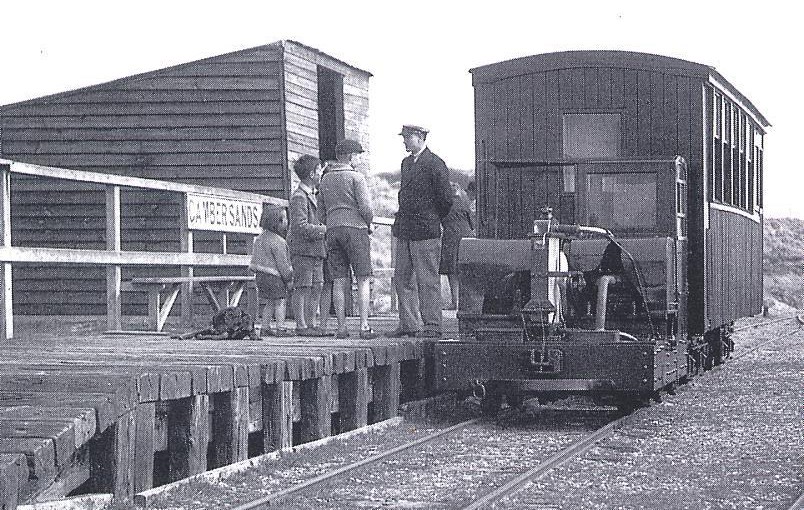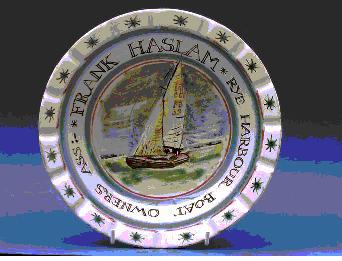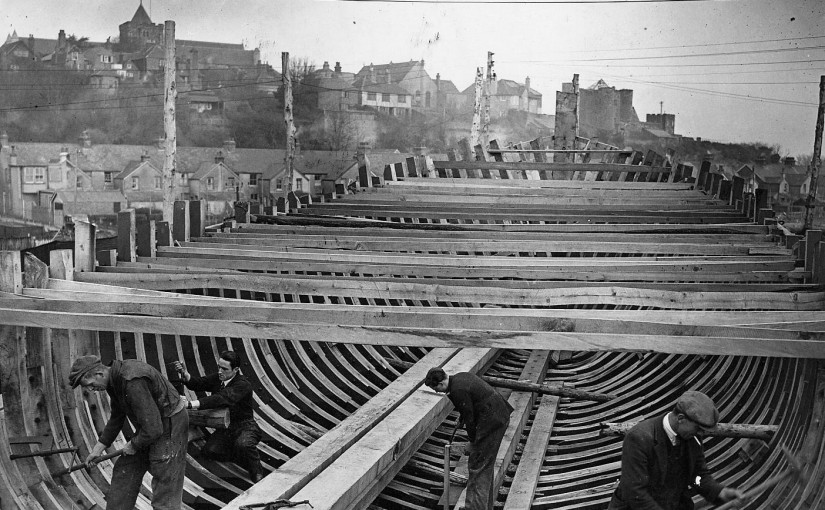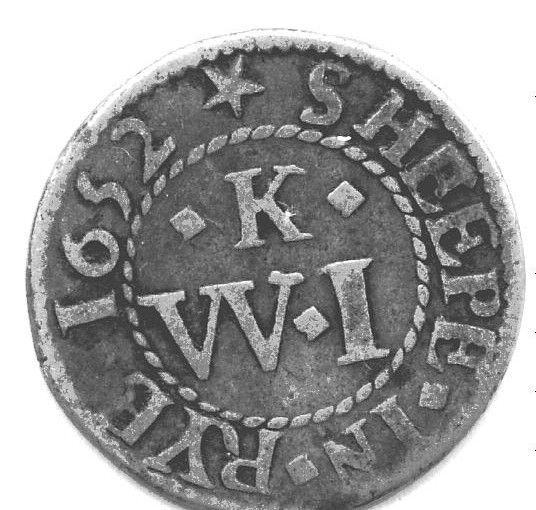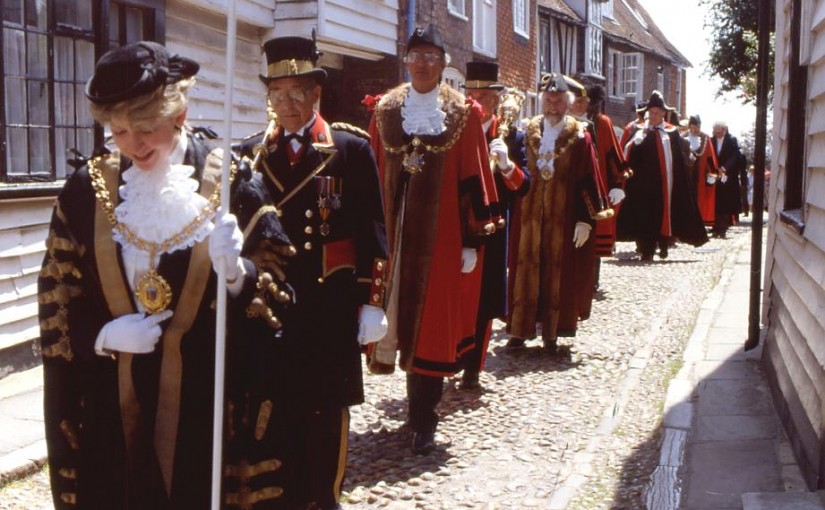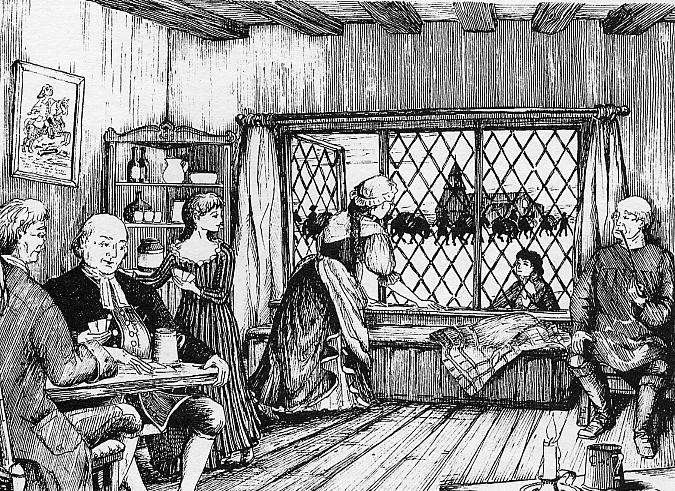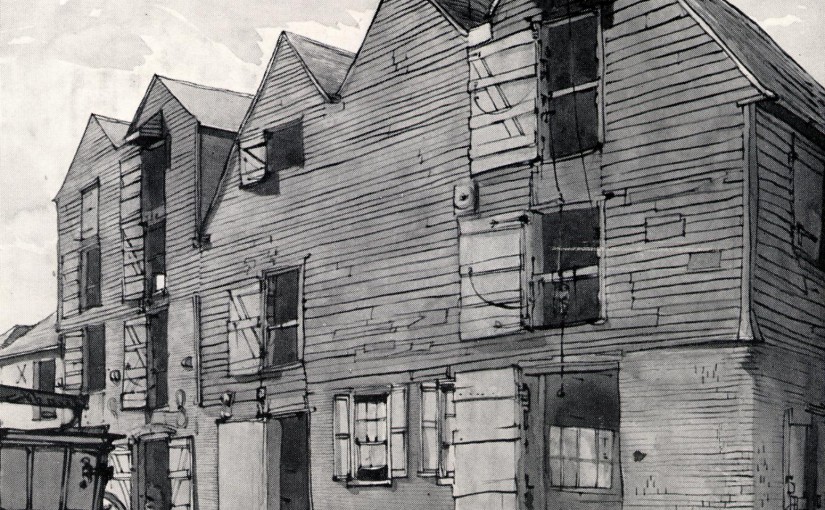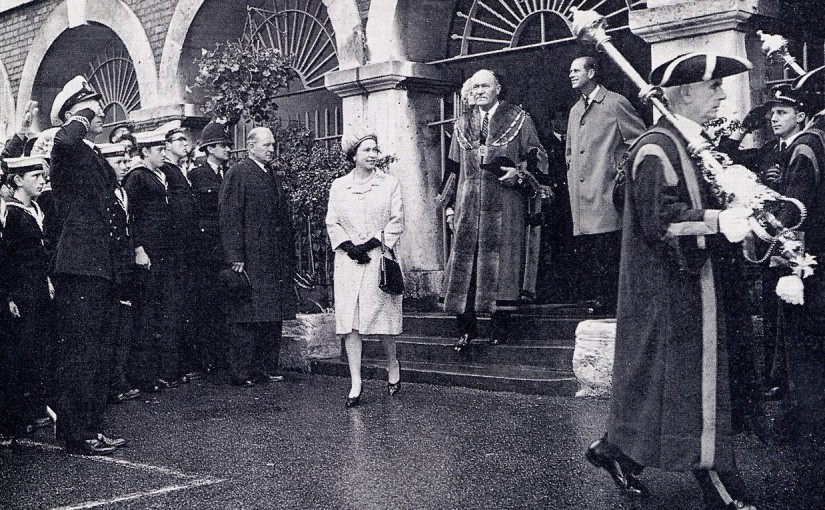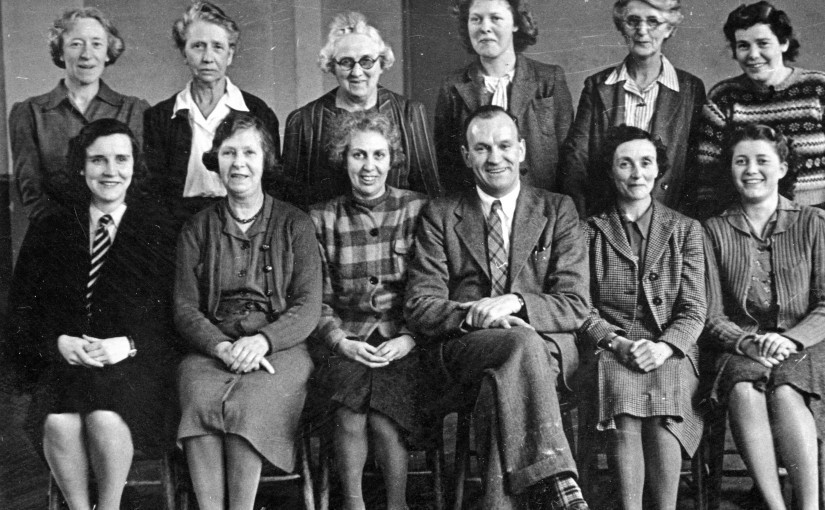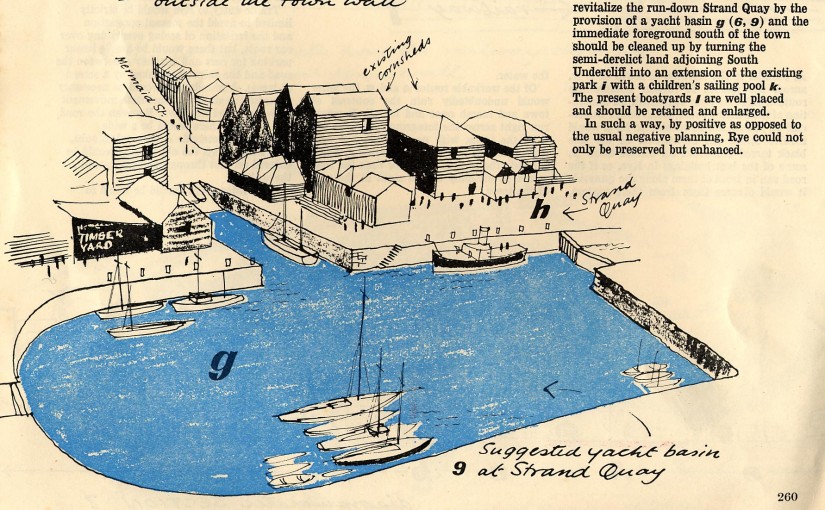What was Rye really like in the six or seven years prior to the War? It is after all less than 75 years ago. Continue reading Rye In The 1930’s
Category: Rye History
Potteries Of Rye Society November Meeting & AGM
The next meeting of the Potteries of Rye Society will be held in Rye on Saturday 13 November 2004 at the Stormont Studio in Ockmans Lane. The meeting will include the Annual General Meeting but this will be only a brief part of the programme for the day which is: Continue reading Potteries Of Rye Society November Meeting & AGM
Boat Builders of Rye Part 3
The Warship Revival
Photographs from the collection of E.G. Pollington (nee Jempson)
“A Thirteenth Century traveller from inland, making his way through the gloom of the Sussex forests, might well have paused on the outskirts of Rye to listen to a strange sound, a rhythmic hammering, half-metallic, half wooden in its timbre, which floated out hour after hour on the southerly breeze. Continue reading Boat Builders of Rye Part 3
RYE TOKENS
By Frank Palmer The token pictured on this page is a 1652 issue by William Keye. It is about the size of a farthing and was produced at the Tower Mint,London.
In the 1640s and 50s William Keye (or Key) was the owner and master of a ship the providence of Rye. He had been made a freeman, in 1624, and was a contractor to the government taking quantities of great shot from the iron furnaces in Sussex through Rye to the Tower of London at £13-10s per ton also supplying the navy and forts with cables, anchors and shot also Sussex corn for the navy, and bringing back black powder for the Rye Garrison. Continue reading RYE TOKENS
Celebrating 700 Years of Rye Mayoral History
Celebrations that Did Not Happen in 1889 and Those That Did in 1989
Early in the 1890’s the names of all known Mayors of Rye were painted on the wall panels of the Town Hall Chamber.
Continue reading Celebrating 700 Years of Rye Mayoral History
Smuggling
Reproduced from “Gentle Breezes”
Kent and Sussex were hot beds of smuggling for centuries, and to judge by reports, still are. Originally, wool was smuggled out to France, rather than other goods coming in. The reason was that we produced high quality wool, but had not the means of processing it. The French and Dutch did. In 1622, it was made a hanging offence to smuggle out wool. The government then imported French and Dutch weavers and other trades to process the wool. That is why we have many large houses of Dutch style in our area. Many parishes have their Cloth Halls, The Weavers, and so on. Continue reading Smuggling
Wharehouses At The Strand
From a water colour by Austin Bloomfield
The warehouses at The Strand still stand today. They are a reminder of Rye’s maritime past when many ships used to dock in The Strand and unload their cargos of grain, timber, basic slag, coal etc. into these and other warehouses and yards dotted around the area. Continue reading Wharehouses At The Strand
Rye’s Royal Visitors
There have been comparatively few royal visitors to Rye when the importance of the town in the middle ages is taken into account. Continue reading Rye’s Royal Visitors
After The War Was Over
The end of World War Two resulted in a much changed Rye. The troops were slowly drifting home and the great spirit of unity that had encompassed all society in this country continued on. Great class barriers had been bridged and women, who had all played their part in the tumultuous conflict, had gained a near equality in the new order of things. Continue reading After The War Was Over
The 1961 Rye Marina Plan
A Town Wall Too!
It seems there have been Marina plans for Rye since time immemorial. This plan for Rye by architect Kenneth Browne was originally printed in “The Architectural Review” dated October 1961. No doubt this idea, which also envisaged rebuilding Continue reading The 1961 Rye Marina Plan
